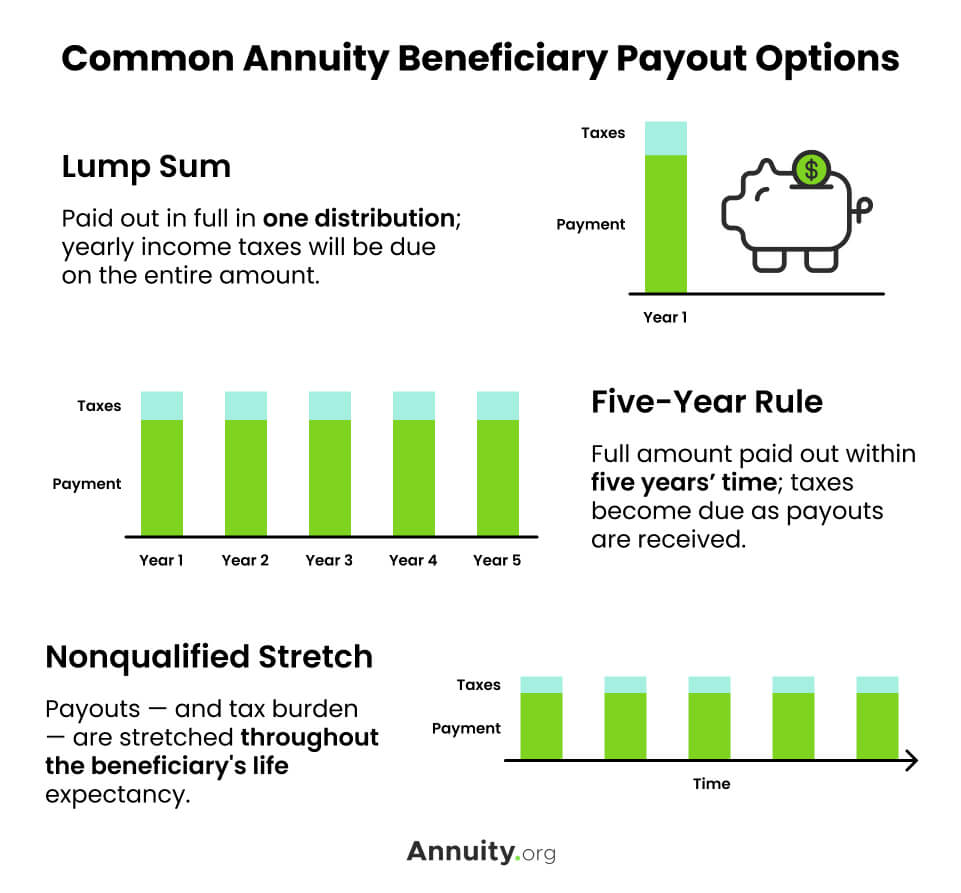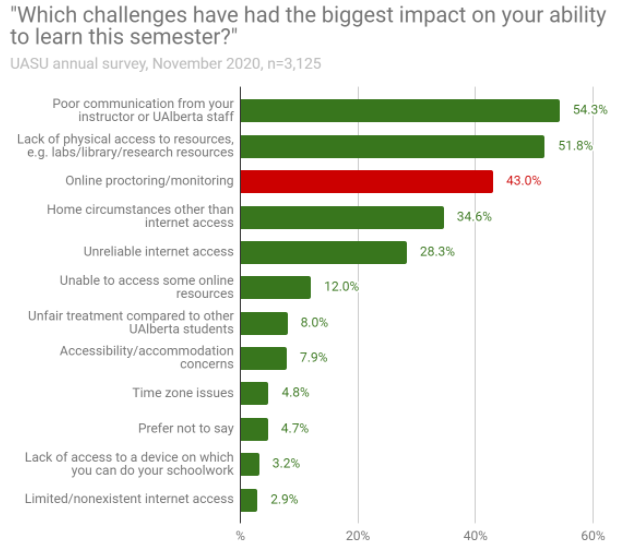california end of life option act requirements
CDPHs reporting requirements are. Must be diagnosed with a terminal disease with a life expectancy of six months or less by two physicians.
The End of Life Option Act allows adults diagnosed with terminal diseases to request aid-in-dying drugs from their physician.

. Documentation Requirements. The End of Life Option Act is a California law that permits terminally ill adult patients with capacity to make medical decisions to be prescribed an aid-in-dying medication if certain conditions are met. Be able to make medical decisions for.
The law was signed in by California governor Jerry Brown in October 2015 making California the fifth state to allow. August 2020 Recipient Eligibility Medi-Cal recipients must at minimum meet all of the following criteria. August 2020 Recipient Eligibility Medi-Cal recipients must at minimum meet all of the following criteria.
Key Requirements and Considerations Wednesday June 1 2016 On June 9 2016 Californias End of. The new laws authorize a patient who has been diagnosed as terminally ill with less than six months of life expectancy to obtain and ingest medications to end their life. Starting January 1 2022 the required waiting period between the first and second oral request is 48 hours and.
Must be of sound mind and exhibit appropriate decision-making capabilities to the attending physician. Part 2 End of Life Option Act Services Page updated. The California End of Life Option Act went into effect on June 9 2016.
Be a California resident. To receive the aid-in-dying drug a person must. Eligibility Requirements to Access the Law will remain the same after Jan.
Posted March 12th 2019 by Joel Harris filed under Right to Die Act. The requestee must be 18 a California resident have a diagnosis of a terminal. Californias End of Life Option Act EOLA became effective on June 9 2016.
Have a diagnosis from hisher primary physician of an incurable and irreversible disease which will within reasonable. End of Life Option Act News. Who can use this option.
California also is taking a leading role by requiring all medical schools in the state to train physicians on pain management and end-of-life care. ABX215 Eggman Chapter 1 establishes the End of Life Option Act Act in California which becomes effective on June 9 2016 and will remain in effect until January 1 2026. This law allows a terminally ill adults who are California residents to request a medication from his or her physician that will end his or her life.
Have a terminal disease that cannot be cured or reversed and that is expected to result in death within six months. Must be 18 years or older. California is the fifth state to enact an aid-in-dying law.
Must be able to self-ingest the medication either orally or by pushing through an NG tube. Mentally capable of making and communicating health care decisions and. California End of Life Option Act-Effective June 9 2016.
SB 380 taking effect January 1 2022 improves the California End of Life Option Act so that more eligible Californians are able to access the law. Californias End of Life Option Act. Must be of sound mind and exhibit appropriate decision-making capabilities to the attending physician.
This Act gives a mentally competent adult California resident who has a terminal disease the legal right to ask for and receive a. California End of Life Option Act Be an adult 18 years old or older. Up to 25 cash back To request a prescription for life-ending medication in California a patient must be.
Eligibility Requirements to Access the Law remain unchanged. At least 18 years old. Must be of sound mind and exhibit appropriate decision-making capabilities to the attending physician.
Must be 18 years or older. Shorten the waiting period to 48 hours. California End of Life Option Act is a law enacted in June 2016 which allows terminally ill adult residents in the state of California to access medical aid in dying by self-administering lethal drugs provided specific circumstances are met.
California became the fifth state to allow physicians to prescribe terminally ill patients medication to end their lives under the End of Life Option Act Because the Homes receive federal funding the Veterans Home shall not provide aid-in-dying drugs and employees or other entities shall not participate in any activities under the End of Life Option Act while on the. Participating in this end-of-life option is voluntary for both patients and physicians. Must be able to self-ingest the medication either orally or.
The Act requires the California Department of Public Health CDPH to provide annual reports under strict privacy requirements. Must be able to self-ingest the medication either. There are certain requirements said person must meet in order to qualify for such a request.
When the End of Life Option Act EOLOA was signed. Improve transparency of healthcare facility policies by requiring them to post their medical aid in dying policies on their websites. The California legislature approves and Governor Brown signs AB282 which amends the California penal code to prohibit a person whose actions are compliant with the End of Life Option Act from being prosecuted for deliberately aiding advising or encouraging suicide.
Revisions to the law were approved and are effective 112022. CDPHs reporting requirements are. Under the Act the patient is required to submit two oral requests for the aid-in-dying.
Diagnosed with a terminal disease that will result in death within six months. The goal of this training program is to educate law enforcement on Californias new End of Life Option Act laws authorizing medical aid-in-dying. Be 18 years of age or older Have the capacity to make medical decisions Possess a valid Medi-Cal Benefits Identification Card BIC or valid Medi-Cal managed.
The Act allows terminally ill adults living in California to obtain and self-administer aid-dying -in drugs. Be 18 years or older and a resident of California. Signed into law by Governor Brown in October 2015 the law went into effect on June 9 2016.
Must be 18 years or older. The Act gives a mentally competent adult California resident who has been diagnosed with a. Assembly Bill AB 15 Eggman Chapter 1 establishes the California End of Life Option Act Act commencing at Health and Safety Code section 443 which becomes effective June 9 2016 and will remain in effect until January 1 2026.
The Medical Board of California Page I of2 Home Licensees Physicians and Surgeons End of Life California End of Life Option Act-Effective June 9 2016. In California all hospitals and nursing homes are required to assess a patients pain condition as a fifth vital sign - along with the patients pulse temperature respiration and blood pressure. Certain health care providers including licensed hospitals and skilled nursing facilities may prohibit.
:max_bytes(150000):strip_icc()/dotdash-life-vs-health-insurance-choosing-what-buy-Final-b6741f4fd8a3479b81d969f9ea2c9bb3.jpg)
Life Vs Health Insurance Choosing What To Buy

Pension Update February 14 2022 Financial Services Regulatory Authority Of Ontario

Euthanasia Physician Assisted Suicide Pas Around The World Euthanasia Procon Org

Connecting The Ggh A Transportation Plan For The Greater Golden Horseshoe Ontario Ca

Annuity Beneficiaries Inheriting An Annuity After Death

Dementia Friendly Canada Alzheimer Society Of Canada

Get The Facts On Maid Dying With Dignity Canada

Physician Assisted Suicide Fast Facts Cnn

Euthanasia And Assisted Suicide What Are They And What Do They Mean

Breast Cancer Surgery S Impact On Quality Of Life Nci

Outsourcing Is A Better Option For Corporates Who Are Looking For Substantial Savings While Choosing An Outsourced Vendor Compliance Labor Law Hr Management

Death With Dignity Deathwdignity Twitter

Research Grants Muscular Dystrophy Canada

Death With Dignity Deathwdignity Twitter

Sexual Violence Prevention Survivor Support Equity And Inclusive Communities



